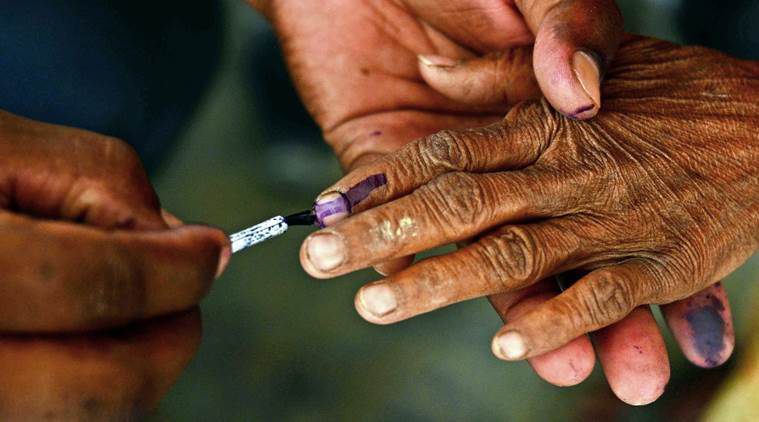The Prime Minister held a meeting with other party leaders last Wednesday to promote his longstanding idea of simultaneous elections for the Lok Sabha and state assemblies. Many Opposition leaders are bitterly opposed to this and boycotted the meeting. They see such a change as a quasi-presidential system in which Modi’s popularity will overwhelm local state issues, giving the BJP a huge, unwarranted advantage.
They also ask what will happen if a state government falls after a simultaneous poll. Will President’s rule be declared till the next simultaneous election? Or will both the Centre and states have to hold fresh elections? Both are terrible ideas. On TV, Opposition party spokespersons condemned simultaneous elections as undemocratic and authoritarian. However, Independent India started with simultaneous elections in the 1950s and nobody called that dictatorial.
The Modi proposal may be self-serving, but also has strong logic. Today, some state or central election is held every few months. This disrupts decision-making, since no policy changes can be taken in the run-up to an election. Second, the more elections are held per year, the more is the black money spent on them, along with associated corruption to fund polls. Third, constant elections divert government officials from productive projects. Fourth, governments with an assured five-year term can focus on long-term solutions, whereas constant elections put a premium on short-term fixes (freebies, reservations, subsidies).
This is far from what the early leaders of Independent India envisaged. In the 1950s, central and state elections were simultaneous, with no party suggesting it was wrong. But as the years went by, many state and central governments failed to last a full five-term, forcing mid-term elections. Over time, this has come to mean that India has one election or another several times every year. This was never the intention of the makers of our Constitution.
We need a compromise solution that reduces the ills of constant elections without giving an overwhelming advantage to the BJP. The answer cannot be BJP’s ‘one nation, one election’ formula. But why not ‘one nation, two elections’?
The first need is a fixed government term for five years, and this will require amending laws. After an election, every legislature should elect a Prime Minister or chief minister for five years. That leader should stay in office for a full term even if defections reduce his party or coalition to a minority. India has shown that minority governments (like Narasimha Rao’s) can work perfectly well. Besides, fixed terms will greatly reduce defections and horse-trading in legislators.
Problem: if elections are held only once in five years, voters have little chance in between to show their dissatisfaction. The solution is to hold state elections in the middle of the fixed Lok Sabha term. This will mean alternating central and state elections every two and a half years. This will give the fullest scope for focusing on state-specific issues in one set of elections, and on central issues in the other.
It will give voters more power and impose accountability on politicians. It will cost more (for governments and parties) than simultaneous elections every five years, but much less than today’s constant elections. It will slash the disruption of decision-making. It will enable governments to focus more on long-term solutions and less on short-term fixes.
The US has a presidential system of government, not a parliamentary one like India’s, yet it illustrates the case for ‘one nation, two elections’. The US has fixed terms for the President, two Houses of Congress, and for state governors and legislatures. But the House of Representatives has elections every two years, one in the presidential election year and another mid-term election two years after the presidential one. Moreover, one-third of Senate seats come up for election every two years, so some of them are simultaneous with presidential elections and some with mid-term elections. Most state elections are held simultaneously with the presidential or mid-term elections to save costs and enable governments to focus on long-term issues. No government is brought down by defections.
Politically, Modi will never be able to sell the idea of simultaneous elections because it will so obviously benefit the BJP at the expense of others. But if he is serious about reducing costs, corruption and short-termism, he should suggest ‘one nation, two elections’. The central elections should be held every five years and state elections in the mid-point between. Regional parties will see the advantage of having an explicit delinking of state from central elections. All will see the benefit of a fixed-term that means governments cannot be downed by defections. This could help create a new consensus.


